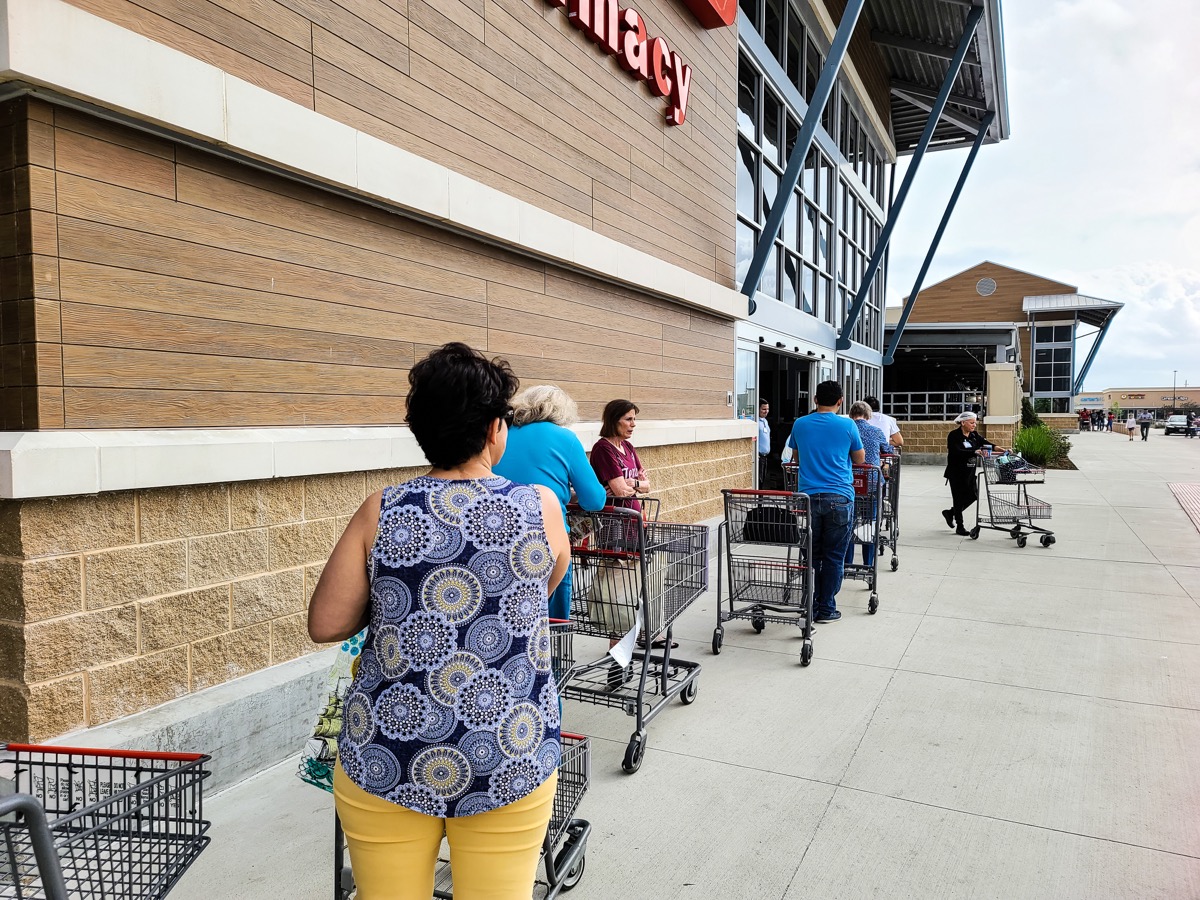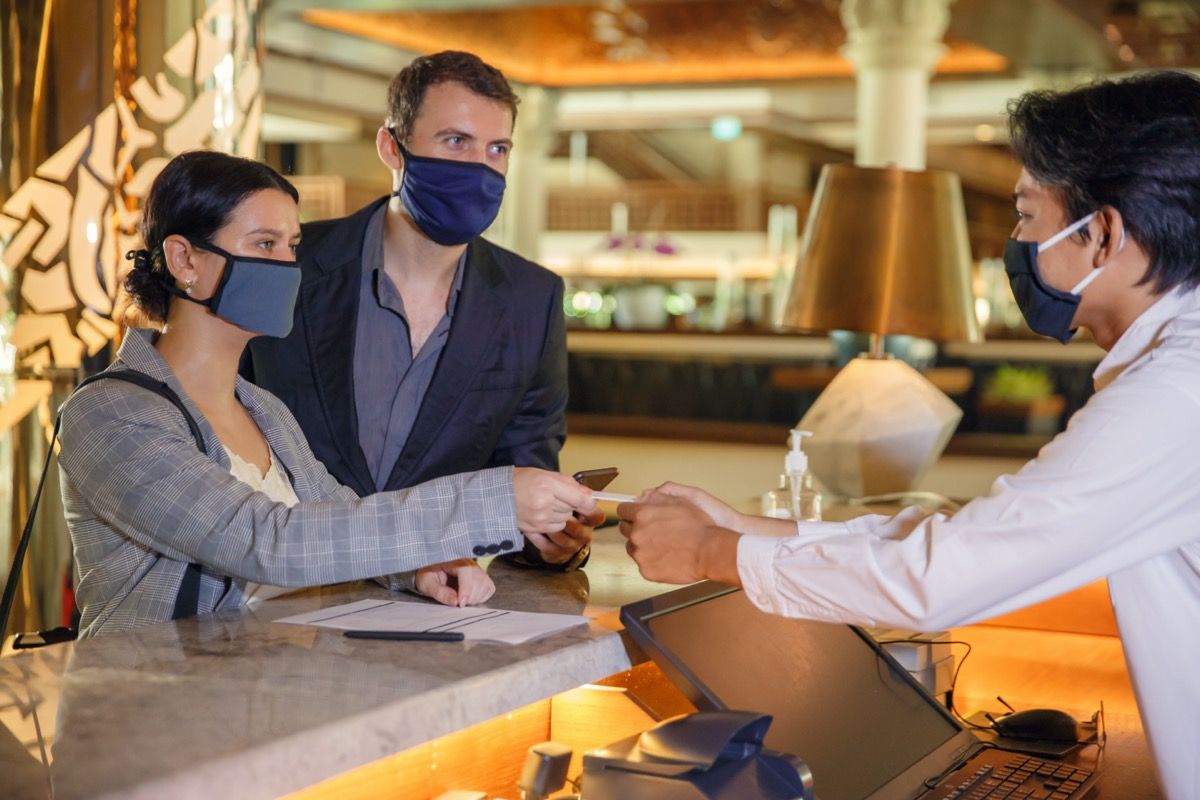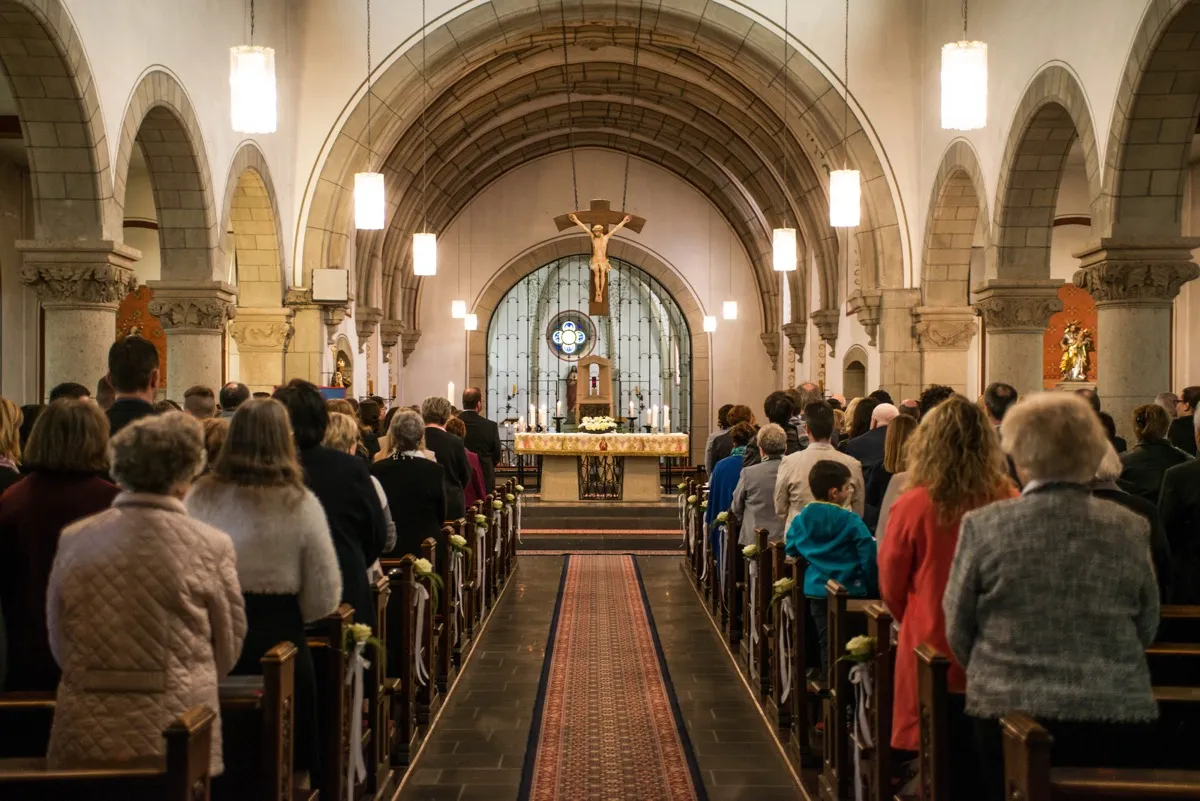The latest findings come from research published in the journal Nature, which analyzed cellular phone data during the spring from 10 major metro areas: Atlanta, Chicago, Dallas, Houston, Los Angeles, Miami, New York, Philadelphia, San Francisco, and Washington, D.C. The researchers developed a computer model to determine where most infections occur. In analyzing the data, they discovered that 8 in 10 COVID cases could be traced back to these six everyday venues.ae0fcc31ae342fd3a1346ebb1f342fcb But the good news is that there’s a clear and relatively easy solution. In a supplementary opinion piece also published in Nature, Marc Lipsitch, PhD, and Kevin C. Ma from the Harvard T.H. Chan School of Public Health wrote that “capping the maximum occupancy of venues—a strategy that implicitly reduces the number of person-hours spent in risky, high-occupancy settings—is predicted to result in a decreased number of new infections compared with a strategy of less-targeted, overall activity reduction.” So which places were responsible for 80 percent of COVID cases? Read on to find out, and for more on places that may be using this information soon, check out These States Now Have Curfews Again Due to COVID Surges. Read the original article on Best Life. Besides figuring out that grocery stores were among the riskiest places to go when it comes to COVID, the study also discovered how other discrepancies factored into how the virus disproportionately affected specific communities. The analysis found that grocery stores specifically located in lower-income areas saw almost 60 percent more visitors per square foot per hour, with shoppers spending more time there on average, The Washington Post reports. The authors conclude that this made them about twice as dangerous as grocery stores in more affluent neighborhoods, likely contributing to the higher case rates observed in the lower-income communities. And for more on what your risk is every time you step out for food, check out Chances Are High Your Grocery Store Clerk Has Silent COVID, Study Says. Even though non-essential travel has been discouraged by the U.S. Centers for Disease Control and Prevention (CDC) since the early months of the pandemic, some areas still made headlines for welcoming large groups of visitors. This includes popular beaches in Florida such as Miami, where the study found that infections from hotels peaked around the same time young people were flocking to spring break parties, despite health experts’ warnings. Not surprisingly, the study also predicts that those numbers dropped dramatically after stringent lockdown orders went into effect, The Post reports. And for more on ways you can tell you’ve caught coronavirus, check out If Everything You Drink Smells Like This, You May Have COVID, Experts Say. While it’s an important activity for millions, the act of congregating to worship ranks high on the list of risky activities for a few reasons: It brings people close together indoors who are also often singing. The study authors even point houses of worship out as disproportionately high-risk venues. Ma and Lipsitch note that “case studies of clusters of infections in locations such as those for indoor choir practice…demonstrate the high risks of poorly ventilated, crowded spaces.” And for more on how to stay safe, This One Thing Is Better at Protecting You From COVID Than Your Mask. Coffee shops provide the kind of atmosphere where friends tend to linger while chatting indoors: two factors that greatly increase the risk of spreading COVID. The recently published study included them among the most likely culprits to be involved in spreading the virus during the pandemic’s early days. And for more on the risk businesses like these post, know that 40 Percent of COVID Patients Went Here Before Getting Sick. Working out your stress through exercise takes on an extra level of importance during our current situation. Unfortunately, doing it at the gym was listed in the study as one of the venues most responsible for spreading COVID. And while many are struggling to stay afloat financially, Ma and Lipsitch point out that “time-limited visits to places such as gyms….could be modeled by decreasing the average visit length,” decreasing their risk factor. And for more COVID news, sign up for our daily newsletter. Not being able to step out for a meal at your favorite restaurant has been one of the most difficult routine shifts of life under lockdown. But according to the study, it’s for good reason: Restaurants may have been the top offender when it came to spreading COVID during the earliest days of the pandemic. “Reopening full-service restaurants was particularly risky,” the study authors wrote, saying that “in the Chicago metro area, we predicted an additional 596,000 infections by the end of May, more than triple the next riskiest [points of interest] POI category.“And if you live with someone who’s positive for COVID, These Are Your Chances of Getting COVID If Someone in Your Home Has It.





